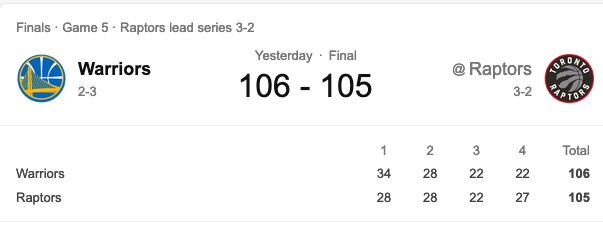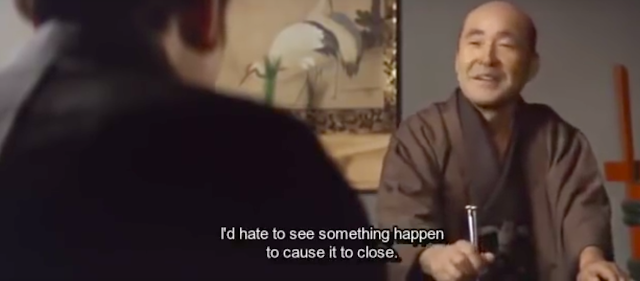“Engineering Started Becoming a Commodity."
“Engineering started becoming a commodity." Is there a formal term for the classic Boeing clusterfuck?
All I know is what I read in the papers, but it's remarkable how many Boeing snafus are due to this exact type of problem: driving down labor costs so relentlessly, breaking unions as a matter of principle that you not only get worse results but spend more money, firing experienced engineers and workers because they are too expensive as some sort of Social Darwinian principle.
Also, hundreds of people sometimes die in horrific airplane crashes for no particularly good reason.
The absolute heart of the company is outstanding engineering expertise built over many, many decades. What Boeing has been doing seems analogous to colonizing its own company, and when they do this, when treat their best assets as a cost to be avoided, they end up screwing up badly, leading to years of delay, serious manufacturing problems, or fatal crashes. If you're raiding a chain of I don't know car washes and selling off the real estate, this might be tolerable, but not in, oh I don't know..
CRITICAL NATIONAL STRATEGIC AND TRANSPORTATION INDUSTRIES..
who make giant flying tubes full of human beings and also nuclear missiles.
And from the outside, so many colossal engineering, unnecessary risks and financial errors at Boeing seem to be related to a reflexively, non-rational anti-labor ideology. Examples include the entire horribly delayed 787 program, the mass rehires in Puget Sound to fix the truly shit work done in South Carolina on fuselages (I like to envision them arriving with duct taped '67 Dodge bumpers hanging off the front) and the pointless and expensive "move" to Chicago.)
Oh and look this morning.







































